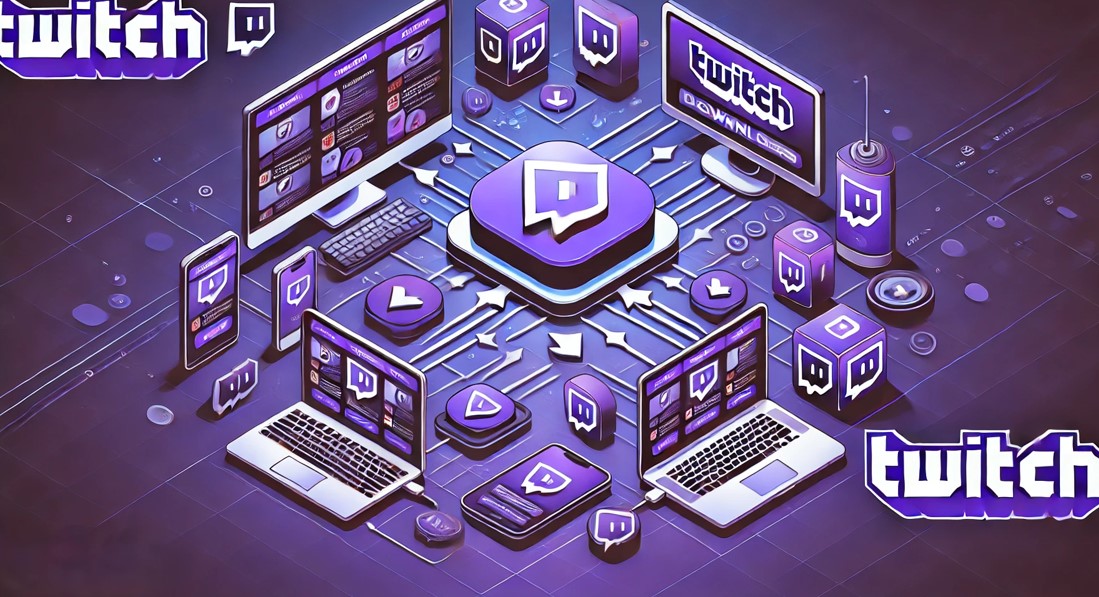AI-Driven Adaptive Learning Platforms: Tailoring Education to Every Student

Introduction
Do you recall the times you spent sitting through lessons in school, either utterly lost or bored to tears? Now picture a classroom where that is no longer the case. Enter platforms for adaptive learning powered by AI. With the ability to personalize learning for each student to the extent of their fingerprints, these amazing technologies are transforming education.
Adaptive learning is similar to having a personal tutor for each student, in contrast to standard classroom settings where everyone receives the same generic knowledge. It’s important to realize that everyone learns in a unique way, at a different rate, and with varying talents. And AI steps in at that point. It’s the creative mind working in the background, interpreting data and designing a customized learning path for each student.
Understanding Adaptive Learning
The Core Principles of Adaptive Learning
Adaptive learning is all about creating a learning path that fits a student like a glove. It’s not a one-size-fits-all approach; it’s more like a tailor-made suit for the mind.
-
Personalized Learning Paths: Every student is unique, so their learning journey should be too. Adaptive platforms create custom paths based on a student’s strengths, weaknesses, and learning style. It’s similar to having a roadmap made specifically for you.
-
Real-time Assessment and Feedback: Imagine getting instant feedback on your work, like a helpful nudge in the right direction. Adaptive platforms provide continuous assessment, helping students understand where they’re excelling and where they need to improve.
-
Data-Driven Instruction: It’s all about the numbers! Adaptive platforms crunch data to understand how students are learning. This information helps teachers make smarter decisions and adjust lessons accordingly.
-
Continuous Adaptation: Learning is a journey, not a destination. Adaptive platforms are constantly evolving, adjusting to a student’s progress and ensuring they’re always challenged and engaged.
Benefits of Adaptive Learning for Students
Adaptive learning is like a superpower for students.
-
Increased Engagement and Motivation: When you’re learning something you’re interested in and at your own pace, it’s way more fun! Adaptive learning keeps students hooked.
-
Improved Learning Outcomes: Better learning means better grades. Adaptive platforms help students grasp concepts more easily and retain information longer.
-
Accelerated Learning Pace for Advanced Students: Smart cookies deserve a challenge. Adaptive learning identifies high-achievers and gives them opportunities to soar.
-
Effective Remediation for Struggling Students: Everyone deserves a chance to succeed. Adaptive platforms provide extra support for students who need it, helping them catch up and feel confident.
Benefits of Adaptive Learning for Educators
Teaching can be tough, but adaptive learning makes it a whole lot easier.
-
More Time for Individualized Attention: Say goodbye to one-size-fits-all teaching. Adaptive platforms give teachers more time to focus on students who need extra help or want to dive deeper into a topic.
-
Data-Driven Insights for Instructional Improvement: Teachers can use data to see what’s working and what’s not. It’s like having a crystal ball for teaching!
-
Enhanced Professional Development Opportunities: Adaptive learning is the future of education. Teachers who embrace it will have access to new skills and knowledge.
The Role of AI in Adaptive Learning
AI Algorithms: The Brain Behind Adaptive Learning
AI is the magic behind the curtain. It’s the super-smart computer program that makes adaptive learning possible.
-
Machine Learning and Its Applications: AI learns from data, getting smarter over time. It can analyze student behavior, identify patterns, and predict what a student will need next.
-
Predictive Analytics for Student Success: AI can forecast a student’s future performance, helping teachers intervene early if needed. Having a crystal ball for student progress is analogous to that.regardless of their socioeconomic background.
-
Successful Implementation Strategies
-
Natural Language Processing for Personalized Interactions: AI can understand and respond to students in natural language, making the learning experience feel more human.
AI-Powered Assessment and Feedback
AI is the ultimate study buddy.
-
Automated Grading and Feedback: Say goodbye to endless piles of papers. AI can grade assignments and provide instant feedback, giving students a chance to learn from their mistakes right away.
-
Intelligent Tutoring Systems: Imagine having a personal tutor available 24/7. AI-powered tutoring systems can explain concepts, answer questions, and provide practice problems.
-
Adaptive Testing: One-size-fits-all tests are so last century. AI can create tests tailored to each student’s knowledge level, making assessments more accurate and informative.
AI-Driven Content Adaptation
AI is the master of customization.
-
Dynamically Adjusting Content Difficulty and Pace: AI can make lessons easier or harder based on a student’s progress, ensuring they’re always challenged but not overwhelmed.
-
Tailoring Content to Student Interests and Learning Styles: AI can create content that’s engaging and relevant to each student, making learning more enjoyable.
-
Generating Personalized Learning Materials: AI can create custom worksheets, quizzes, and even videos, ensuring that every student gets the materials they need to succeed.
Implementing AI-Driven Adaptive Learning Platforms
Challenges and Considerations
While the potential of AI-driven adaptive learning is exciting, it’s not without its challenges.
-
Data Privacy and Security: Student data is incredibly sensitive. Ensuring that it’s protected from breaches is paramount. Any platform handling this information must have robust security measures in place.
-
Teacher Training and Adoption: Teachers are the heart of the classroom. Integrating new technology can be overwhelming. Comprehensive training programs are essential to help teachers understand and effectively use adaptive learning platforms.
-
Accessibility and Equity: Not every student has equal access to technology. It’s crucial to ensure that adaptive learning platforms are accessible to all, regardless of their socioeconomic background.
Successful Implementation Strategies
Making adaptive learning a reality requires careful planning and execution.
-
Gradual Implementation and Pilot Programs: Starting small and gradually expanding is often the best approach. Pilot programs can help identify challenges and refine the process.
-
Collaboration Between Educators and Technologists: To create a truly effective system, educators and tech experts need to work hand-in-hand. Teachers understand the classroom, while technologists understand the technology. Together, they can create a solution that meets the needs of both.
-
Continuous Evaluation and Improvement: The world of technology is always changing. Adaptive learning platforms should be regularly evaluated and updated to ensure they’re meeting the needs of students and teachers.
Future Trends in Adaptive Learning
The future of adaptive learning is incredibly bright.
-
Augmented and Virtual Reality Integration: Imagine learning through immersive experiences. AI-driven adaptive learning platforms can create virtual worlds where students can explore and learn in a whole new way.
-
Social Learning and Collaboration: Learning isn’t always a solitary activity. Adaptive platforms can foster collaboration by connecting students with similar interests and goals.
-
AI-Powered Student Well-being Support: Beyond academics, student mental health is crucial. AI can be used to monitor student behavior and identify potential signs of stress or anxiety, offering support when needed.
Conclusion
AI-driven adaptive learning platforms have the potential to transform education, creating a future where every student can reach their full potential. By personalizing learning experiences, providing real-time feedback, and leveraging data, these platforms can revolutionize how we teach and learn.
While there are challenges to overcome, the benefits are immense. By working together, educators, technologists, and policymakers can create a future where education is accessible, engaging, and effective for all students.
It’s an exciting time to be involved in education. The possibilities are endless. Are you ready to embrace the future of learning?




